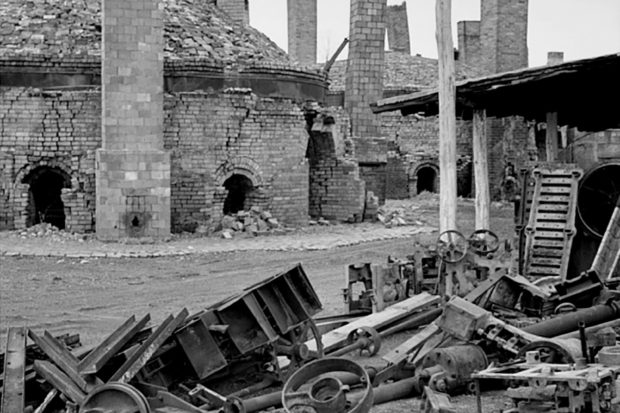The Pillage of India
In 1700 India is estimated to have accounted for 27 percent of the world economy and a quarter of the global textile trade. A considerable number of employees of the East India Company made fortunes from off-books trading in textiles, saltpeter, indigo, opium, salt, tobacco, betel, rice, and sugar; sidelines also included selling Mughal-issued tax exemptions and lending money to distressed Indian grandees. Neither the directors in London nor the Mughal authorities approved of such freelancing. But the directors didn’t particularly mind, provided that the thirty-odd ships that sailed east every year from England’s south coast returned laden with luxury imports, along with a share of the taxes collected from the Indian enclaves that the company controlled.
More
Holes
In the midst of a continual program of demolition and reconstruction, we noticed, one summer, that our city had begun to replicate, via its infrastructure, the prohibitions of the mind.
More





